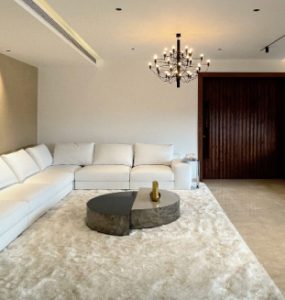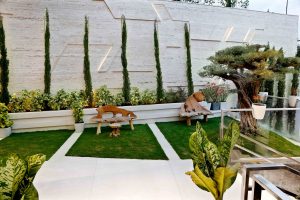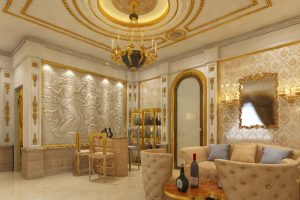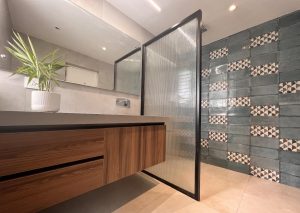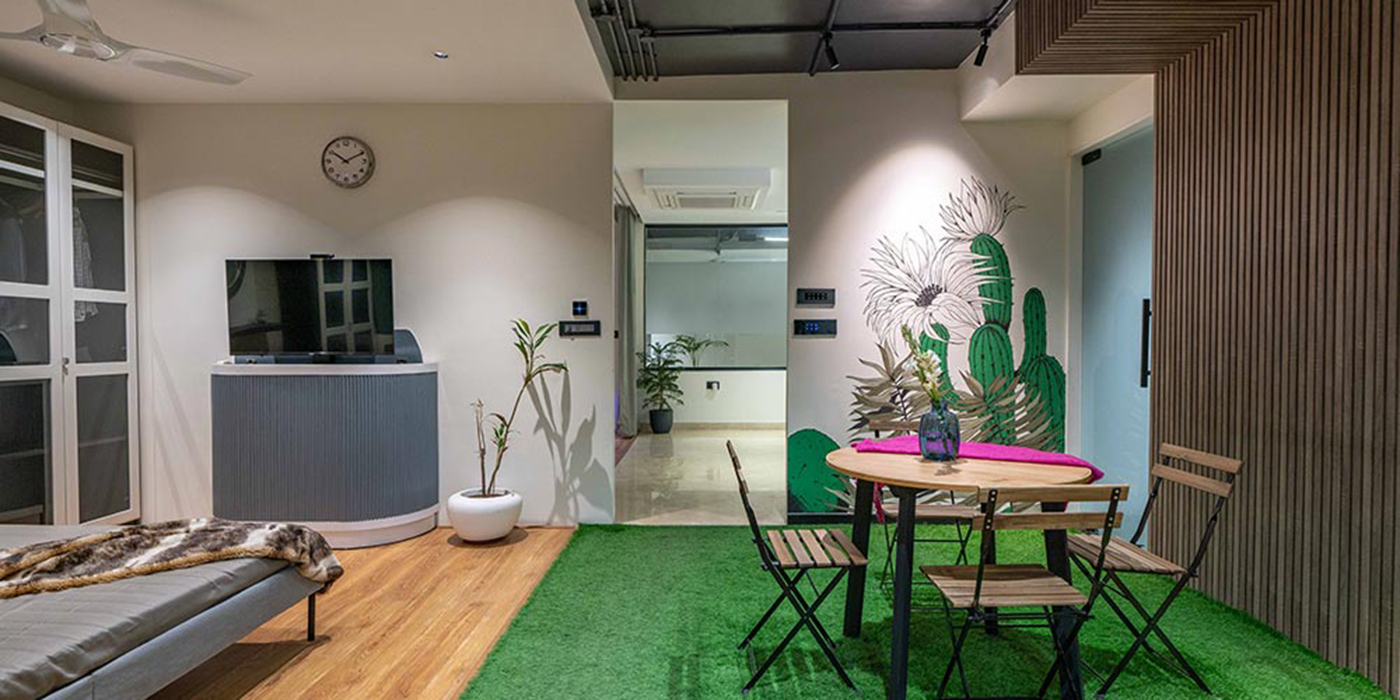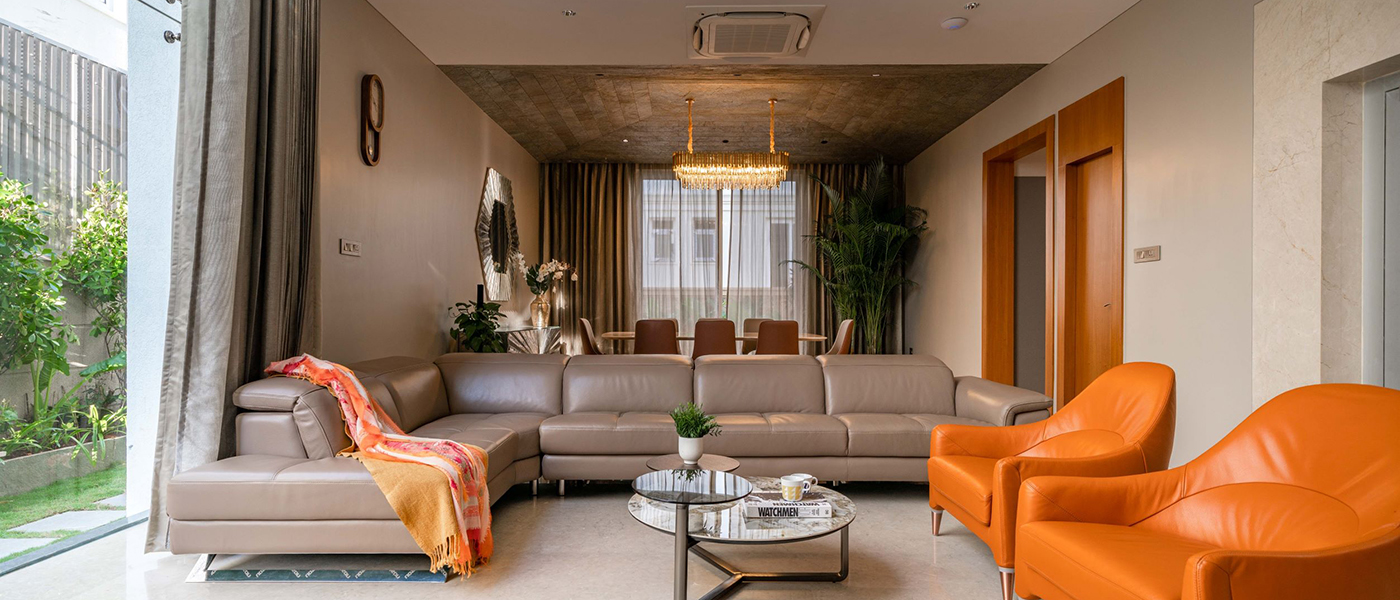
Siddarth A Lulla
Founder – Natural Elements
Natural elements help you achieve the sense of zen. A healthy home design, especially one decorated with natural materials, is just as important as a healthy diet, exercise, and adequate sleeping patterns. In this edition,
Siddarth A lulla from Natural Elements tells us the difference between and importance of Hardwood and Softwood.
Hardwood vs Softwood: What’s the Difference
Different types of construction projects call for different kinds of timber. Both hardwood and softwood can be used for everything from structural to decorative. But what is the difference between these two types of wood?
You might be reading this and thinking ‘how can you write a whole blog on something so self-explanatory? Surely softwood is in fact ‘soft wood’ and hardwood is ‘hard wood’. But it’s not that simple, the terms softwood and hardwood don’t necessarily refer to the density or hardness of the wood itself. Confused? Let us explain.
The Difference between Hardwood and Softwood
Softwood and hardwood are distinguished in nature in terms of their reproduction rather than their end appearance and attributes. In general, hardwood comes from deciduous trees which lose their leaves annually. Softwood comes from conifer, which usually remains evergreen. The trees from which hardwood is obtained tend to be slower growing, meaning the wood is usually denser.
Hardwood
Hardwood is considered the ultimate versatile material, with applications ranging from exquisite veneers and furniture, musical instruments, flooring, construction and boatbuilding. It is a material of real beauty, available in countless combinations of species, specifications and colours. Because of their condensed and more complex structure, hardwoods generally offer a superior level of strength and durability. The most common types of hardwoods include Oak, Teak, Sapele, Iroko and Meranti. As these grow at a much slower rate and require longer drying times, these factors drive up the cost of the wood. Hardwoods tend to be much more resilient than softwoods and are often reserved for projects that require maximum durability. Hardwoods such as beech, maple, and walnut are usually reserved for bespoke joinery projects, crafting furniture, wooden flooring and fine veneers. These types are hardwood are most suitable for these tasks as they desire particular aesthetic
characteristics, such as colour and woodgrain.
Softwood
Softwood is renowned for its versatility and strength. Sourced from all over the globe, with a large breadth of zexternal projects – from furniture and flooring to decking, landscaping, external joinery and structural applications. Softwoods are more readily available and easily manipulated. They also develop at a quicker pace, leading to lower cost levels. They are flexible, lighter in weight and less dense than most hardwoods. Softwoods are commonly used for interior mouldings, the manufacturing of windows, construction framing and generating
sheet goods such as plywood and fibreboard.
Uses of Hardwood and Softwood
In many cases, hardwoods and softwoods are both used for many of the same purposes. Generally, though, softwoods are cheaper and easier to work with. As such they make up the majority of all wood used in the world, with about 80% of timber being softwood. Softwoods have a wide range of applications and are found in building components including components (such as windows and doors), furniture and fibreboard.
Though hardwoods are often more expensive and sometimes more difficult to work with, the benefit is that most (though not all) are denser, meaning they will last longer than softwoods. For this reason, hardwoods are often found in high-quality furniture, decks, flooring and construction that is designed to last.
Siddarth A Lulla
Founder
Natural Elements
3rd Floor, Konda Pride,
Road No. 1, Jubilee Hills,
Hyderabad – 500033

